There are plenty of procedures where it’s perfectly fine to play golf afterwards.
However, playing golf after a prostate biopsy is a much more serious procedure and making the decision to play should depend on the severity of your pain.
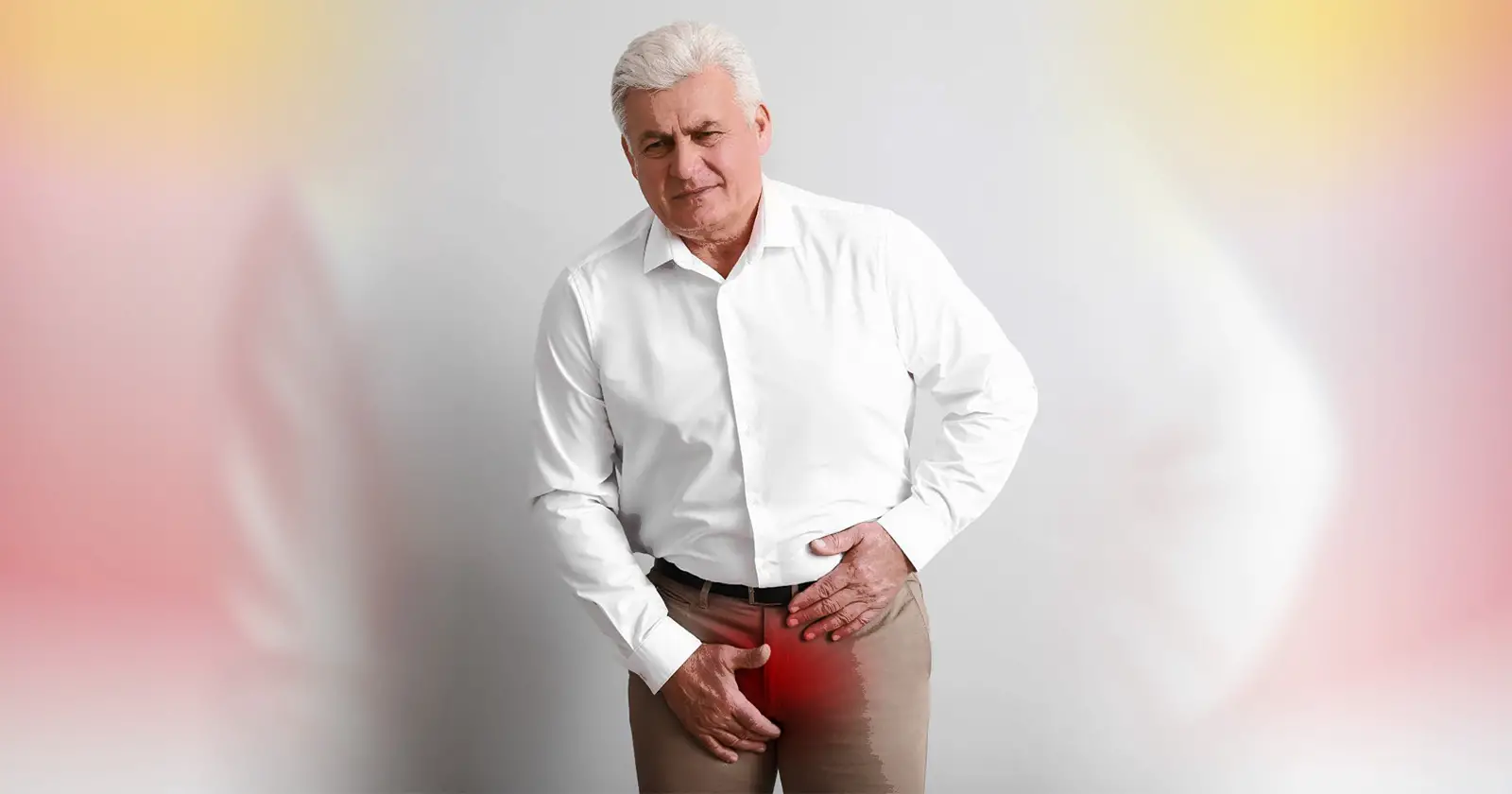
How soon can I play golf after prostate surgery?
You can play golf after a prostate biopsy but generally only about 7-14 days after the procedure, depending on what type of biopsy you have. It is also recommended that you don’t exercise for at least two to three days afterward to allow the area to heal, recover, and reduce swelling or discomfort.
Prostate cancer is a fairly common diagnosis in the US, and the American Cancer Association estimates that at least 1 in 7 men will be diagnosed with it in their lifetime.
Before surgery, a prostate biopsy will be performed to analyze tissue samples to test for cancer.
Due to the nature of the procedure and the location, any strenuous exercise like walking, running, lifting, bike riding, or golf can irritate the area.
There is also the risk of infection, but depending on the type of biopsy procedure you have, you may be able to play the same day- let’s investigate further.
What is a prostate biopsy and how does it affect playing golf?
A prostate biopsy is a medical procedure whereby tissue samples are extracted from the prostate using thin needles. The tissues are then forwarded to a lab for examination under a microscope to ascertain whether there are any cancerous cells present.
This procedure can be done a few different ways and, depending on how it’s done, will determine how soon you can play golf after a prostate biopsy.
The prostate is a small walnut-size gland imperative for reproduction.
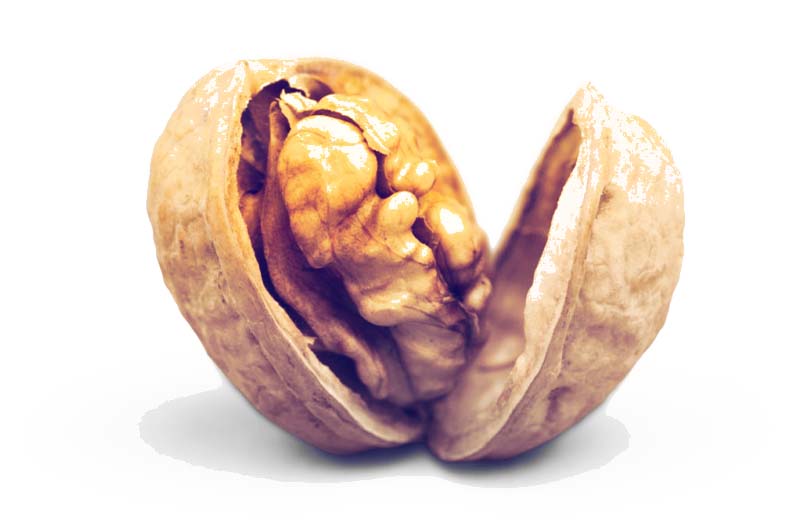
In most cases, some residual discomfort will make walking and swinging a club uncomfortable, which is why golf is not recommended after a prostate biopsy.
Depending on how you feel, you may be able to play the next day or so, but take advice from your doctor on this before heading to the course.
Why is a prostate biopsy performed?
The procedure is usually done once other tests indicate a possibility of prostate cancer. For most men over 40, regular checkups for this disease are recommended, and most are benign.
Another less invasive test is the PSA or Prostate Specific Antigen test, which is done by drawing a small sample of blood and then testing that for the level of PSA and where that result indicates higher than normal levels of the protein in your blood; this can reveal the presence of cancerous cells.
If the PSA returns positive, the next step is usually the dreaded DRE or Digital Rectal Exam, where your doctor or urologist will perform a physical exam.
While they can be uncomfortable, you can play golf after this exam!
Most guys over 40 reading this will have experienced at least one ‘of those’ exams, where your doctor will check the prostate for any signs of swelling, enlargement, or any hard areas using his finger.
If that DRE raises more concerns regarding the risk of prostate cancer, your doctor will recommend a prostate biopsy. Remember that having a biopsy does not mean you have prostate cancer – so don’t panic.
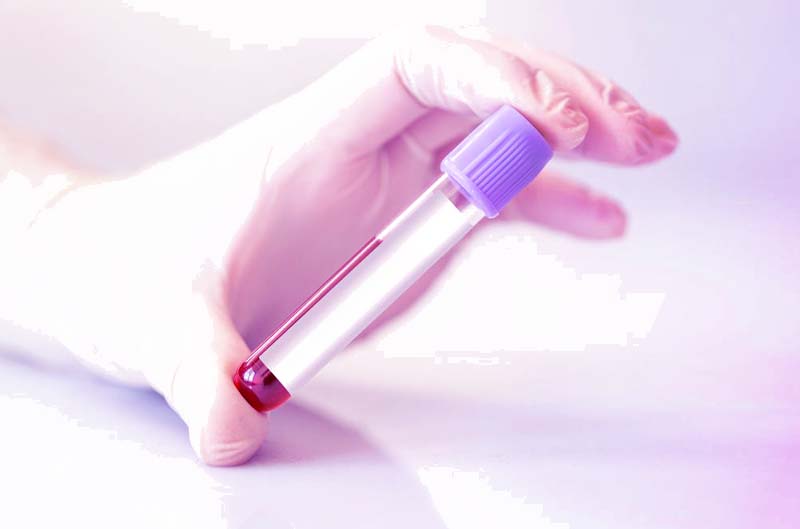
This is usually a precautionary procedure as the prostate-specific antigen protein is also emitted by non-cancerous cells; plus, your prostate may be harder or larger than most others, so the biopsy is done to confirm whether there are cancerous cells or not.
While having your doctor examine you internally may not appeal, prostate cancer is largely curable when detected early. In this case, early detection is much better than ignoring it and hoping it’ll go away.
And besides, afterward, you have every reason to take the day off and hit the golf course!
The 3 types of prostate biopsy and playing golf afterwards
Prostate biopsy procedures range from non-surgical processes where no incisions are needed, and only a local anesthetic is used.
At the same time, other methods may require a general anesthetic to perform the procedure.
Let’s examine the three types of prostate biopsy procedures and which one you could conceivably play golf on after doing it.
1. The Transrectal Prostate Biopsy
This is the most common biopsy procedure done and is the least invasive.
This process involves you being placed on your left side with your knees pulled up like the DRE and using a device called a Transrectal Ultrasound (TRUS) probe that guides the position of the biopsy needle.
The TRUS probe is very thin, only about the diameter of a pencil, and there is only a little discomfort as it is inserted into your rectum.
The TRUS gains images of the prostate, and the area around the prostate is numbed using a 1% or 2% Lidocaine injection.
The 18 gauge (also thin) spring-loaded biopsy needle is inserted through the rectum wall and into the prostate. About 12-18 samples are taken from various areas and dispatched to the lab for analysis.
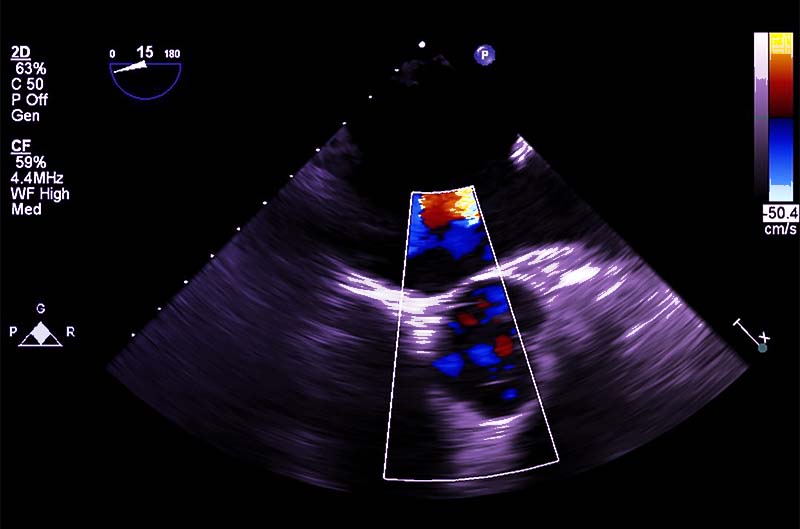
You would be able to leave the exam room after about 20-30 minutes, and aside from some discomfort and some light bleeding that you may find in your urine, and poop afterward, this is common and nothing to be concerned with.
Because this procedure is done using a local anesthetic, once your vital signs have been checked and confirmed as normal, you would be discharged and can return to your daily routine – including playing golf.
You would be prescribed a short course of antibiotics as a matter of procedure to prevent infection, and you may experience some mild discomfort, swelling, or pain once the effect of the local anesthetic has worn off. So golf may not be a great idea.
Bear in mind that you would have undergone some mental stress before and during the procedure as the thought of having cancer will be troubling, so you may not feel like being on the golf course, but if you do want to play, ask your doctor whether you can and get the all clear before heading out.
2. The Perineal Prostate Biopsy
This procedure is similar to the transrectal biopsy as you are placed on your left side with bent knees or on your back with your thighs apart.
This procedure is done by creating a small incision in the perineum, the area between your scrotum and rectum.
A local anesthetic will be applied to that area once it has been cleaned and prepared using an antiseptic solution.
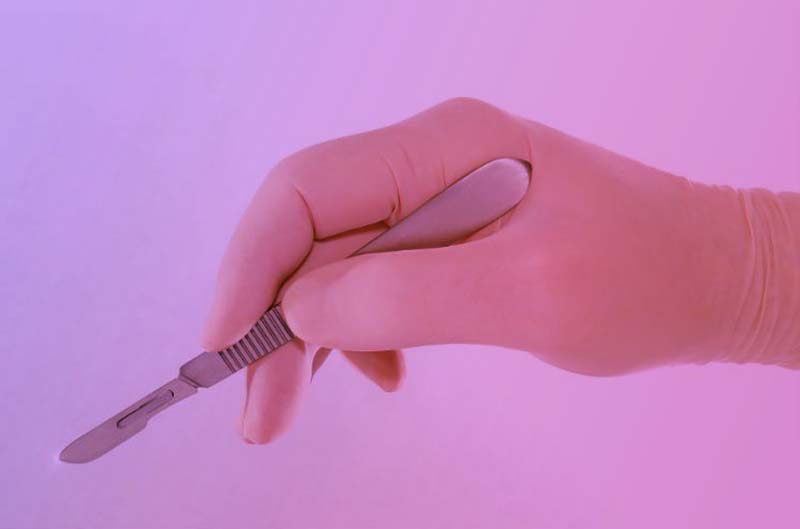
You may feel a sting with the drug, and once the area is numb, your doctor will insert a gloved finger with lubrication into your rectum to stabilize the prostate.
The biopsy needle is then inserted through the incision and will extract several samples from different areas of the prostate for analysis. Once the hand is removed, pressure will be applied to the cut; generally, stitches are not required.
Again, post-procedure checkups will be done, and you will be discharged accordingly.
With the perineal biopsy, golf is not recommended as you may feel some lingering discomfort and mild pain once the anesthetic wears off.
Also, moving around or walking may aggravate the area and you risk chafing and infection – even though you would be taking antibiotics for a few days to prevent it, perhaps if you have this biopsy procedure done, it may be advisable to lay off golf for a few days.
3. The Transurethral Prostate Biopsy
The third type of prostate biopsy is the Transurethral Biopsy, and this process can be performed using either general or local anesthetic, depending on your preference.
You will be positioned on your back with your legs apart and knees bent, and the urologist will use a cystoscope, a thin, flexible tube with an ultra-small camera on end, to do the procedure.
The cystoscope is inserted into your penis through the urethra and prostate gland. The doctor will then insert the tiny tissue extraction instruments through the tube and take prostate tissue samples for lab analysis.
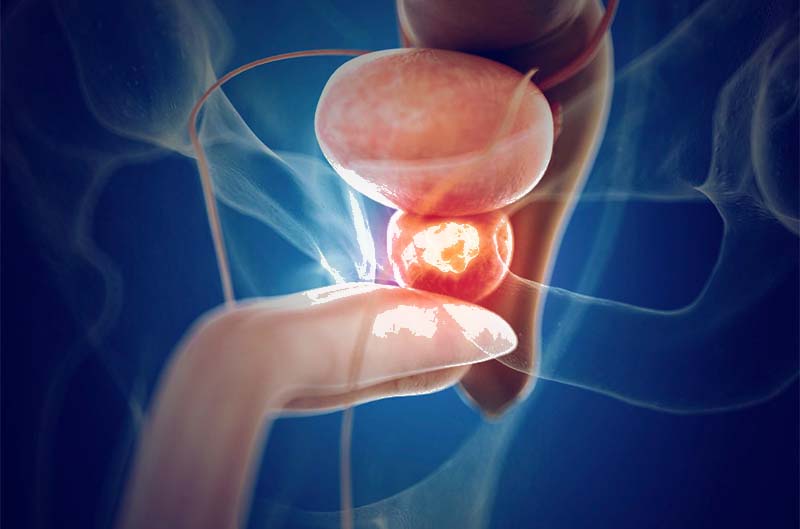
If you have opted for a local anesthetic, then the same process would apply as per the previous two, but you may not want to play golf after this one, as there will be some residual discomfort and light bleeding.
If this procedure were done under general anesthetic, you would remain in hospital until the anesthetic effects have worn off, and you can be discharged. Your doctor may recommend a few days of rest and recovery before playing golf.
Should I ever play golf after a prostate biopsy?
The relevant question here is whether you should play not whether you can play golf after a prostate biopsy as you should consider both the procedure’s physical and emotional or psychological after-effects.
Because the prostate is located inside the rectum and requires at least a local anesthetic, playing golf after a prostate biopsy may not be the priority as you may not feel up to it due to the physical after-effects.
Still, some men will go straight to the golf course afterward with little or no discomfort.
Whether you can play golf after a prostate biopsy will greatly depend on which type of procedure was done and the after-effects of the process.
In most cases, your doctor would recommend resting for at least 24-48 hours to allow swelling or light bleeding to diminish.
Suppose you have had the transrectal procedure done, which is the least invasive of the three biopsies and probably has the lowest level of post-procedure discomfort.
In that case, you could probably play golf straight afterward without any side effects.
As far as the perineal and transurethral biopsies go, playing golf after either of these is probably not recommended as even though the incision is done in the perineal procedure is very small, it is still a cut in your skin and between the legs, so walking and swinging a club could be uncomfortable or even painful – so best rest for a few days as prescribed by your doctor.
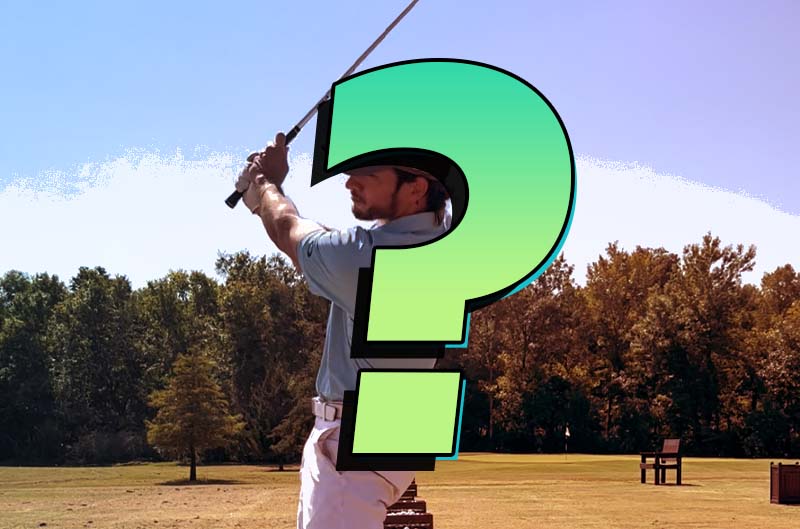
If you have the transurethral biopsy done under general anesthetic, you would not be able to drive for 14 days as per standard protocol. You wouldn’t be able to play until you have recovered from the anesthetic anyway.
If this were done under local anesthetic, you would feel some tenderness, light bruising, and discomfort, and walking the course or swinging a golf club would not be comfortable, so again, take some rest as prescribed by your doctors and get back to golf when you are at 100%.
Will you feel like playing golf after a prostate biopsy?
The last consideration after going through this process from PSA to biopsy is the psychological effect it may have on you.
It’s vital to remember that having a prostate biopsy is NOT any indication or confirmation that you have prostate cancer; it is only a procedure to accurately assess the extracted tissue samples to determine whether cancerous cells are present.
After all, facing the possibility of cancer is no small thing, and you may find that your thirst for golf may have lessened in the face of dealing with this situation, and you may not want to play golf afterward or even until your get the biopsy results.
Of course, the converse may also apply, and you are only too keen to get out, enjoy and appreciate the game more; plus, it would take your mind off the negative thoughts that often accompany this type of process, and this could bring you into a more positive mindset.
The fact that you could physically play golf after a prostate biopsy should be weighed up with the post-procedure risks and accompanying discomfort and your mental state after the procedure.
This is why most doctors don’t recommend playing golf but rather resting for at least two days and even up to a week to two weeks before playing again.
Focus on your health, play it smart
Taking some time off to recover and rest may be a better idea than rushing back to the game, as it will allow your body to recover and heal and reduce the risk of infection, so when you do play again, you aren’t worrying about anything other than the game itself.
When it comes to playing golf after a prostate biopsy, the only person who can make that call is you, and this will be based on how you feel both physically and mentally.
Check with your doctor; if he gives you the all-clear and you’re in the mood to play, head out!
Follow us on Twitter at https://twitter.com/wolfitgolf and let us know how your golf game holds up after prostate biopsy.
Resources
- https://www.hopkinsmedicine.org/health/treatment-tests-and-therapies/prostate-biopsy
- https://www.news-medical.net/health/Types-of-Prostate-Biopsy.aspx
- https://www.webmd.com/prostate-cancer/what-is-prostate-biopsy
- https://community.prostatecanceruk.org/posts/t11888-After-biopsy
- https://www.medicinenet.com/recovery_from_a_prostate_biopsy/article.htm